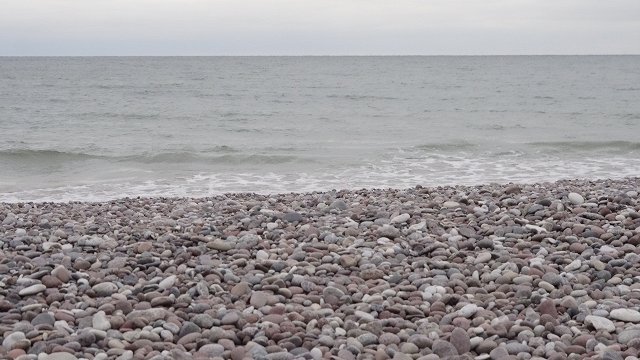The data published by the official statistics offices of the Baltic states show that in 2015 the number of births grew in all three Baltic states. Compared to 2014, in 2015 the greatest increase in the number of newborn was registered in Lithuania (1,106 newborns, up 3.6 %), whereas in Estonia the increase was 356 (up 2.6 %) and in Latvia 233 (up 1.1 %).
In 2015, total fertility rate (the average number of children that would be born to a woman during her lifetime provided that the birth rate of the given year remains at the previous level) in Latvia grew and was the highest among the Baltic states – 1.71.
Last year, the total fertility rate in Estonia rose slightly to stand at 1.58, while in Lithuania it constituted 1.70.
As in other European Union countries where in 2014 total fertility rate increased and accounted only for 1.58 on average, also in the Baltic states it still was too low for natural replacement of the popoulation. The highest total fertility rate was recorded in France (2.01), while the lowest was in Portugal (1.23).
The highest birth rates in the Baltic states were registered in 1986–1987 when twice as many babies were born as today. During these years, total fertility rate in Latvia accounted for 2.2, in Lithuania – for 2.1, and in Estonia – for 2.3, ensuring normal generation replacement.
In 2015, the share of babies born outside marriage fell in all three Baltic states but remains high. The smallest share of such babies was registered in Lithuania – only 27.7 %, whereas in Latvia 41.5 % of babies were born to couples that have not registered their marriage officially, and in Estonia – 58.0 %.
The average age of mothers at childbirth kept increasing in 2015. The indicator in Latvia constituted 29.8 years (27.0 years at first childbirth), in Estonia - 29.9 years (26.1 years at first childbirth), in Lithuania - 29.5 years (27.1 years at the childbirth).
All in all it means the Baltic states will continue to face the possibility of labor shortages and associated problems such as pensions shortfalls in coming years as the population ages without sufficient young people to take up the slack.





























